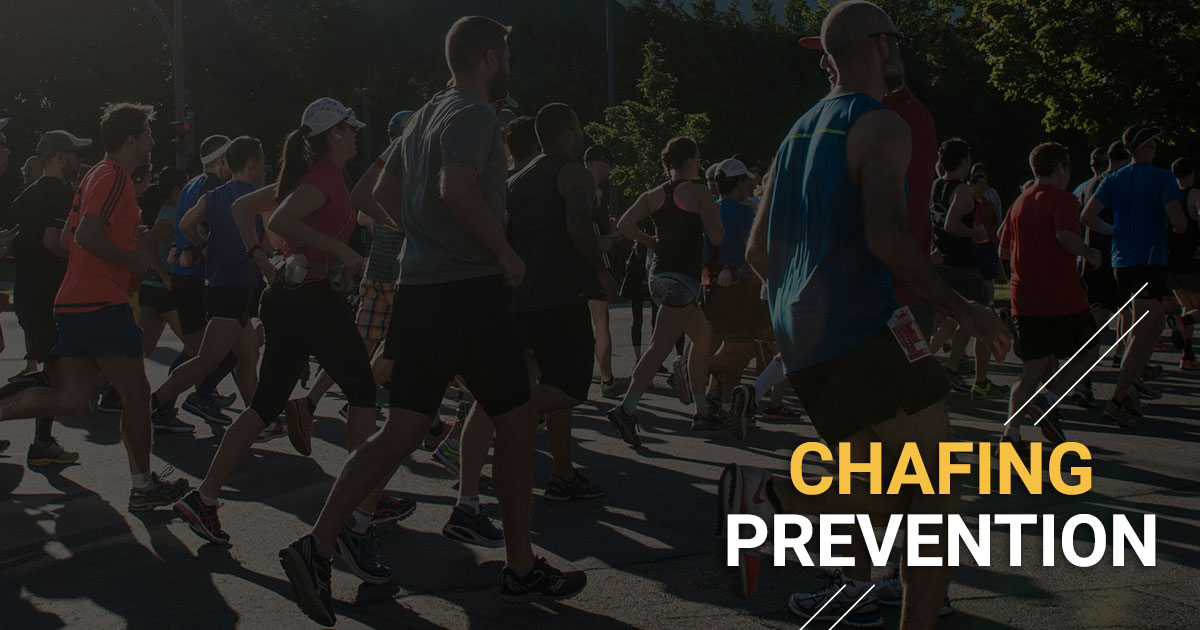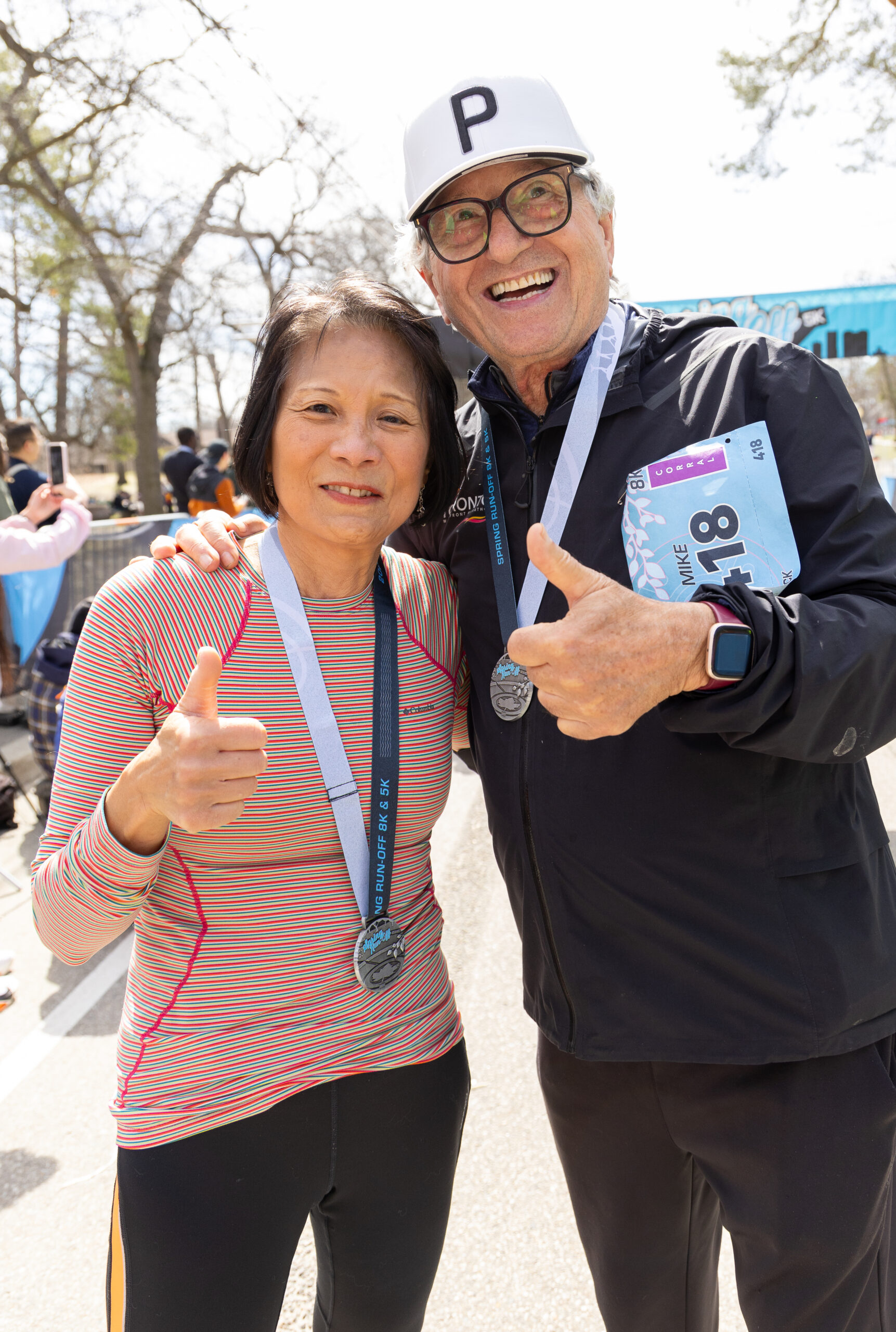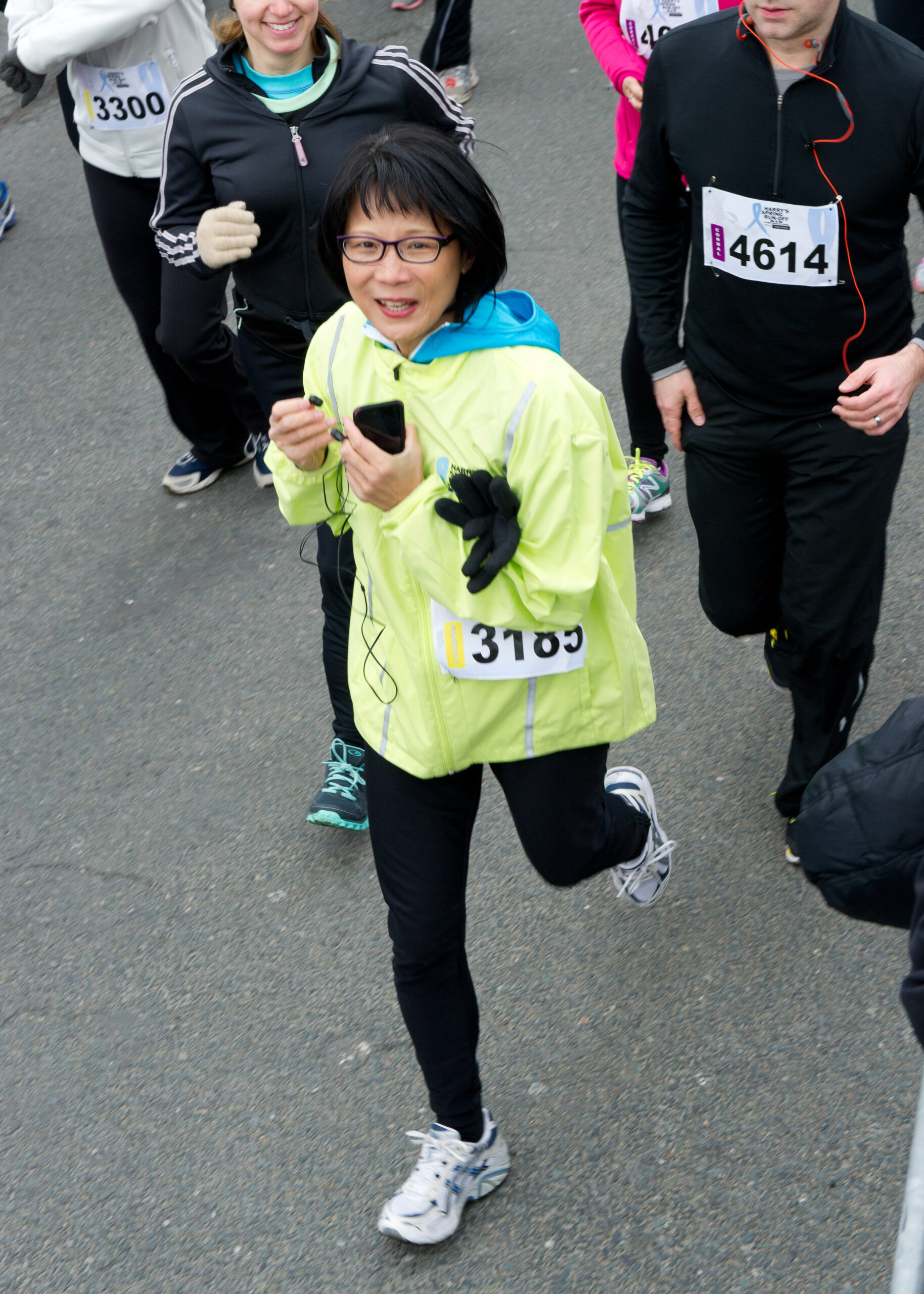
At some point in every runner’s life, they’ll be struck with the incredibly uncomfortable feeling of chafing. Add in the agony of stepping into the shower after a run, and having the hot water hit the chafed area on your skin – there’s a reason why we’ve chosen to create a list of preventative measures. Chafing occurs on the skin when there’s excessive friction in that area, and any part of the body is fair game.
Factors such as high temperatures, sensitive skin, poor clothing choices, body composition, and skin irritation from skin-on-skin contact/moisture/clothing etc. can make an athlete susceptible to chafing. The salt that is pushed out of our body by sweat can dry, crystalize, and stays on one’s skin leaving the sharp grains of salt to act like sand paper and cause chafing as the race wears on.
Here’s are some tips to prevent chafing from happening to you:
- Know your “hot spots”
Chafing tends to occur in the same areas any time it happens. In the summer, new spots can be affected but as training continues, you’ll have an idea of where to focus your preventative measures. Keep a note of any areas that are problematic throughout training, and if there are certain outfits that reduce the chafing. Then on race day, you’ll know exactly where to apply anti-friction lubricant. - Experiment with solutions
Just like any other component of training, practice is key. Try out different outfits and anti-chafing remedies. Common preventions include Band-Aids, lubricants like Vaseline and body glide, or even powders can help reduce the risks of chafing. Moisture wicking fabrics tend to reduce friction better than cotton. Opting for a t-shirt over a singlet, or tights instead of shorts can also help as it reduces skin-on-skin friction. - Wear properly fitting clothing
For women, having a properly fitted sports bra can make a huge difference. Any movement our skin has will be accentuated by poorly fitting attire. The combination of skin movement, and fabric friction can result in chafing. Compression apparel such as socks, tights, or shorts can limit the amount of leg-to-leg friction. Understand that tight clothing can rub against the skin, so apply anti-chafing lubricants in susceptible areas just in case. - Take action
If you feel like any chafing is occurring mid-race, the aid stations may not have Body Glide on hand, but ask a medical attendant for Vaseline or other protective supplies. When running past water stations, think about taking an extra cup of water to wash away any aggravating salt crystals that can bite into your skin. - Have a recovery plan
Chafing is incredibly painful, and is usually discovered as soon as you step into a hot shower. To reduce that pain, check problem spots before hopping into the shower, and use a wash cloth soaked in cold water to gently rinse the affected areas. The cold water seems to be less painful than hot water, and once the area has been rinsed, a hot water shower isn’t as unpleasant. Clean the area with soap and water to remove any dirt or debris, pat the area dry, and let the chafed area air out. This will help heal the top layer of skin so it’s not sensitive to the touch, or susceptible to infection. Opt for looser fitting clothing until the area heals.







